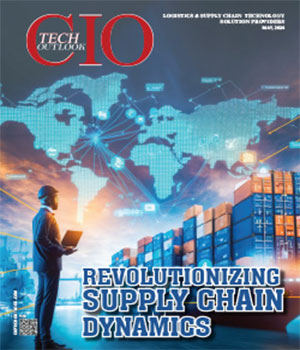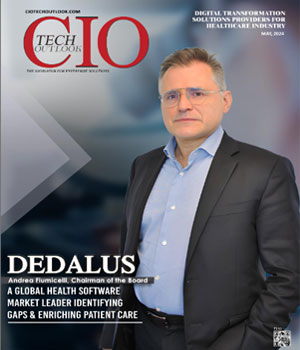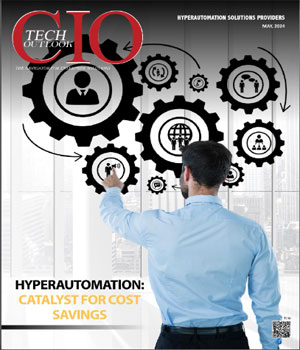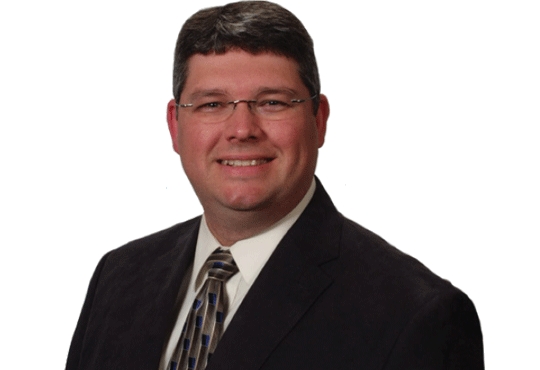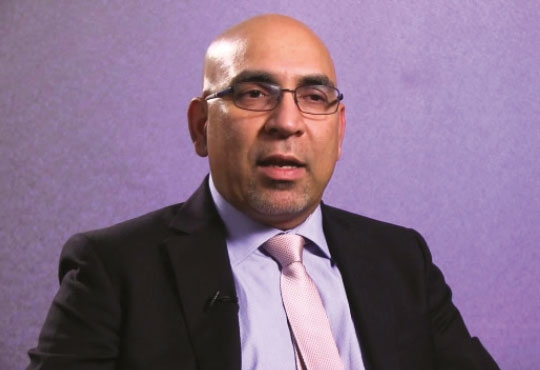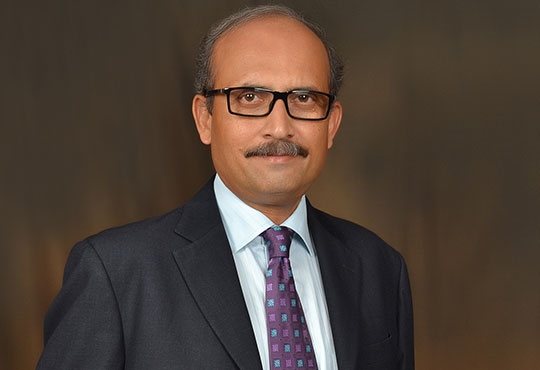
CIOTechOutlook >> Magazine >> August - 2016 issue
Sustainable Mobility is the Need of the Hour
By
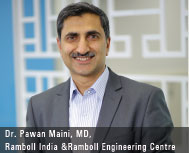 With over 25 years professional experience including 14 years in management roles in Ramboll, Dr. Pawan Maini manages the India operations as part of the New Markets unit in India. Ramboll is an engineering, design and consultancy company founded in Denmark, that proffers services across domains like Building, Transport, Planning & Urban Design, Water, Environment & Health, Energy, Oil & Gas and Management Consulting.
With over 25 years professional experience including 14 years in management roles in Ramboll, Dr. Pawan Maini manages the India operations as part of the New Markets unit in India. Ramboll is an engineering, design and consultancy company founded in Denmark, that proffers services across domains like Building, Transport, Planning & Urban Design, Water, Environment & Health, Energy, Oil & Gas and Management Consulting."It is important to foresee and estimate the impacts that new infrastructure developments will have and provide mitigating measures to address those impacts much before bringing them to life. Technology can play a big role here!’
India unfortunately has the dubious record of the highest number of deaths related to road traffic globally. With over 1.4 million people succumbing to road accidents annually in India (which means 382 people dying daily), this is more than double than that any country has. Unfortunately this is the case when our vehicle ownership is a lot lower than most other countries.
The lack of emphasis on both traffic engineering and traffic safety is directly responsible for the large number of accidents and we are not even counting the ‘near misses’ here. This is evident across all categories of roads – including the ones in cities and also highways.
Where is the sustainability?
In cities the road design typically focuses on cars and buses, and ignores the needs of other users including pedestrians, cyclists, 2-wheelers and buses. While it may seem not significant but not providing sufficient facilities for pedestrians forces them to walk on the road. This increases the chances of accidents involving pedestrians and also results in reduced capacity of the road. Similarly, the improper design of bus stops and intersections results in undue road congestion which in turn means the road users are impatient while travelling and more prone to accidents. Traffic signals at intersections are improperly timed – again adding to the traffic congestion and propensity of accidents. Finally, improperly located bus stops and lack of dispersal facilities (no crosswalks, or pedestrian signals or walking time at intersections) also add to unsafe conditions nears intersections.
Technology can play a significant role in providing long term sustainable mobility solutions
Just as it does in most other countries globally, technology can play a significant role in improving the safety of urban roads. For example, basic intersection and roadway design requires access to accurate data of the traffic and the existing physical conditions. While topographic surveys can be conducted to capture the physical conditions, it is a lot easier if detailed aerial photography or satellite imagery is available, at an appropriate resolution.
Similarly, traffic data collection can be improved by using video techniques. Simulation programs can be used to analyze different alternatives and also showcase how the traffic congestion and safety issues can be addressed.
By using Virtual Reality techniques, the conditions that a road user will face can be easily demonstrated and various alternatives tested and an appropriate one selected. 3D simulations of traffic on highways can help ensure that the basic design elements are appropriate and help improve the traffic safety. 3D simulation and VR will also help decision makers easily review the impact of their decisions, which are very difficult to undo after having been already built. Although, even 3D simulations will not solve the problem related to traffic coming in the Wrong Direction! (that only human intelligence coupled with enforcement can help ).
An elementary example where simulation could have helped, if introduced earlier, is the case of a Flyover built in Delhi in 2013, which was first built to address traffic flow in one direction, then within a week changed to the other direction (because of resulting congestion) and finally a week later converted to a one-lane flyover in both directions – with resulting congestion in both directions!
There is a significant need of more transportation related planning and traffic engineering
While technology can and will play a significant role in helping improve the traffic safety, it is not a panacea for all ills. At a very basic level there is a need for significantly more transportation planning and traffic engineering to be done for the design of all facilities. It is impossible to assume that we can build a mall or a large commercial or residential development on a busy road and it will have no impact on the traffic! Ironically, that is how it is done normally all over India. Therefore, it is important to foresee and estimate the impacts that new developments will have and then provide mitigating measures to address those impacts proactively.
CXO Insights
quickBPM- A Comprehensive Platform for Seamless...
By CIOReview Team
7 Assumptions CIOs Make that Impact Cybersecurity
By CIO Review Team
Leveraging Big Data for Efficient Fleet Management

